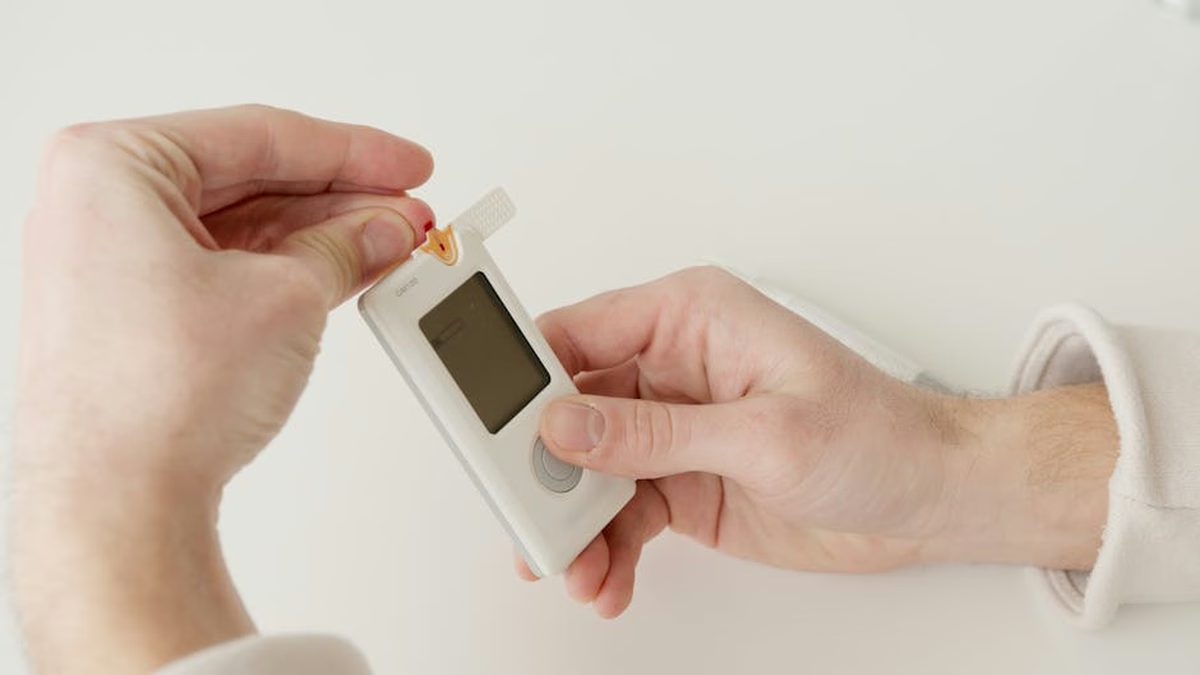Skin Cancer: Early Detection Saves Lives
November: A Crucial Month for Skin Cancer Awareness
November marks Skin Cancer Awareness Month, a time dedicated to highlighting the importance of Early Detection Skin Cancer and Skin Cancer Prevention. This month provides an opportunity to educate ourselves and our communities about the risks of Skin Cancer, the significance of regular Mole Checks, and proactive measures to protect our skin. Skin Cancer is the most common form of cancer in the United States, but it’s also one of the most preventable and treatable when caught early. Let’s delve into why early detection is crucial and how you can take control of your skin health this November Skin Cancer awareness month.
Understanding the Risks of Skin Cancer
Skin Cancer arises from the uncontrolled growth of abnormal skin cells. Several factors increase your risk, including:
- Excessive exposure to ultraviolet (UV) radiation from the sun or tanning beds.
- Having fair skin, freckles, and light hair.
- A family history of Skin Cancer.
- Having a large number of moles or unusual moles (dysplastic nevi).
- A weakened immune system.
- Previous Skin Cancer diagnosis.
While anyone can develop Skin Cancer, understanding your individual risk factors is the first step towards prevention and Early detection.
Types of Skin Cancer
There are several types of Skin Cancer, with the most common being:
- Basal Cell Carcinoma (BCC): This is the most common type and usually appears as a pearly or waxy bump or a flat, flesh-colored or brown scar-like lesion. It grows slowly and rarely spreads to other parts of the body.
- Squamous Cell Carcinoma (SCC): This is the second most common type and often appears as a firm, red nodule or a flat lesion with a scaly, crusted surface. SCC is more likely to spread than BCC.
- Melanoma: This is the most dangerous type of Skin Cancer and can develop from an existing mole or appear as a new, unusual-looking growth. Melanoma is much more likely to spread to other parts of the body if not caught early.
The Importance of Early Detection
Early detection is paramount in successfully treating Skin Cancer. When detected and treated early, the survival rates for all types of Skin Cancer are significantly higher. For example, the 5-year survival rate for melanoma is over 99% when detected early. However, this rate drops significantly if the cancer spreads to other parts of the body.
Here’s why early detection makes a crucial difference:
- Localized Treatment: Early-stage Skin Cancer is often localized, meaning it hasn’t spread beyond the initial site. This allows for less invasive treatment options, such as surgical excision, cryotherapy (freezing), or topical medications.
- Reduced Risk of Metastasis: By catching Skin Cancer early, you minimize the risk of it spreading (metastasizing) to other organs, which can make treatment much more complex and less successful.
- Improved Survival Rates: As mentioned earlier, early detection dramatically improves survival rates across all types of Skin Cancer.
How to Perform a Skin Self-Exam: The ABCDEs of Melanoma
Regular self-exams are a critical component of Early Detection Skin Cancer. You should perform a skin self-exam at least once a month, paying close attention to any changes in existing moles or the appearance of new ones. Use a full-length mirror and a hand mirror to check all areas of your body, including your back, scalp, and between your toes. The ABCDEs of melanoma can help you identify potentially dangerous moles:
- A – Asymmetry: One half of the mole doesn’t match the other half.
- B – Border: The edges of the mole are irregular, blurred, or notched.
- C – Color: The mole has uneven colors, such as shades of black, brown, or tan, or even areas of white, red, or blue.
- D – Diameter: The mole is larger than 6 millimeters (about the size of a pencil eraser).
- E – Evolving: The mole is changing in size, shape, color, or elevation, or is new and growing.
If you notice any of these signs, or any other unusual changes in your skin, consult a dermatologist immediately.
Example: Spotting a Suspicious Mole
Imagine you’ve had a mole on your arm for years. It’s always been small and brown, with a smooth border. However, during your monthly self-exam, you notice that one side of the mole has become slightly raised and darker in color. The border also seems a little less defined than before. This change is a red flag, and you should schedule an appointment with a dermatologist to have it checked out. It’s always better to be cautious and have a professional evaluate any suspicious skin changes.
Professional Skin Exams: When to See a Dermatologist
In addition to self-exams, regular professional skin exams are crucial for Skin Cancer Prevention and early detection. The frequency of these exams depends on your individual risk factors. Generally, it’s recommended that you see a dermatologist annually, especially if you have a family history of Skin Cancer, a large number of moles, or have had Skin Cancer in the past.
A dermatologist can perform a thorough examination of your skin, using specialized tools like a dermatoscope to get a closer look at moles and other skin lesions. They can also identify suspicious areas that you might miss during a self-exam.
Skin Cancer Prevention: Protecting Your Skin Year-Round
While early detection is crucial, prevention is even better. Here are some key strategies for protecting your skin from the sun and reducing your risk of Skin Cancer:
- Seek Shade: Especially during peak sun hours (10 a.m. to 4 p.m.).
- Wear Sunscreen: Use a broad-spectrum sunscreen with an SPF of 30 or higher, and apply it generously 15-30 minutes before sun exposure. Reapply every two hours, or more often if swimming or sweating.
- Wear Protective Clothing: Cover your skin with long sleeves, pants, a wide-brimmed hat, and sunglasses.
- Avoid Tanning Beds: Tanning beds emit harmful UV radiation that significantly increases your risk of Skin Cancer.
- Protect Children: Start protecting children from the sun at an early age, as sun exposure during childhood increases the risk of Skin Cancer later in life.
Case Study: The Impact of Sunscreen Use
Numerous studies have demonstrated the effectiveness of sunscreen in preventing Skin Cancer. For example, a large Australian study found that regular sunscreen use reduced the risk of melanoma by 40% over a 10-year period. This highlights the significant impact that simple preventive measures can have on your long-term skin health.
Taking Action During Skin Cancer Awareness Month
This November Skin Cancer Awareness Month, take proactive steps to protect your skin and promote early detection. Schedule a skin exam with a dermatologist, perform regular self-exams, and educate your friends and family about the risks of Skin Cancer and the importance of prevention. By working together, we can raise awareness and save lives.
Conclusion: Be Proactive and Stay Informed
Skin Cancer is a serious concern, but with awareness, prevention, and early detection, we can significantly reduce its impact. Make skin health a priority, not just in November, but year-round. By staying informed and proactive, you can protect yourself and your loved ones from the dangers of Skin Cancer and ensure a healthier future. Don’t delay – start your Mole Checks today!
References
-
Centers for Disease Control and Prevention (CDC)
– Leading national public health institute of the United States. -
World Health Organization (WHO)
– Global authority on international public health. -
Mayo Clinic Healthy Lifestyle
– Evidence-based health advice from medical experts.





